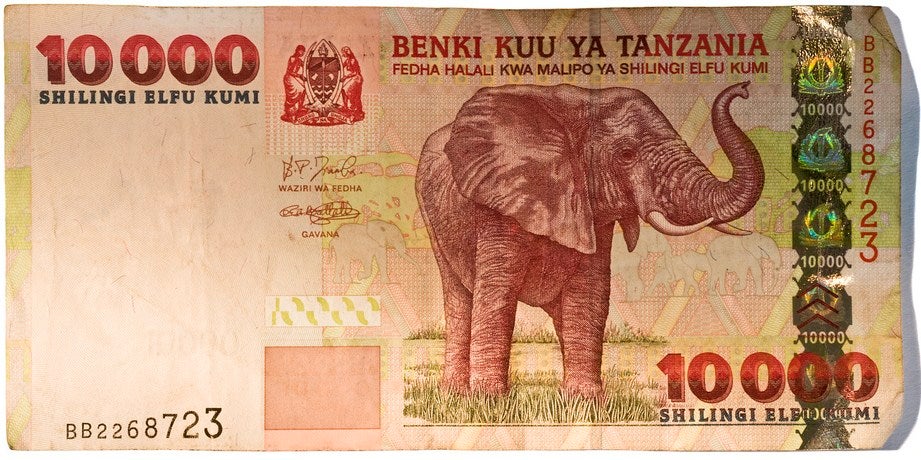 We know that water and sanitation services do not always recover their costs from tariffs. So, if communities or governments are to maintain the infrastructure properly, they depend on the public budget. And those expenditures must be predictable and transparent.To take a closer look at this issue, the World Bank analyzed public expenditure on water supply and sanitation from fifteen countries in Sub-Saharan Africa, assessing how much public money was budgeted for the sector and on what it was spent.
The top-lines from the report, More, better, or different spending? Trends in public expenditure on water and sanitation in Sub-Saharan Africa, are striking:
We know that water and sanitation services do not always recover their costs from tariffs. So, if communities or governments are to maintain the infrastructure properly, they depend on the public budget. And those expenditures must be predictable and transparent.To take a closer look at this issue, the World Bank analyzed public expenditure on water supply and sanitation from fifteen countries in Sub-Saharan Africa, assessing how much public money was budgeted for the sector and on what it was spent.
The top-lines from the report, More, better, or different spending? Trends in public expenditure on water and sanitation in Sub-Saharan Africa, are striking:
-- The flow of government funds is very difficult to document. It is far from predictable and far from transparent.
-- Nearly all spending is done by national governments. Despite that the water and sanitation sector is officially decentralized in most countries, very little budget goes to sub-national governments.
-- One-third of public budgets never get spent. There is no single reason for this, but a number of different reasons, based on particular circumstances.
-- Budgets are very volatile, in part because of donor flows, which makes it very hard for utility managers to plan.
The study supports the World Bank's message that finance alone is not sufficient to provide sustainable services. While there are many other factors that come into play, improving transparency and effectiveness of public spending are critical components.
Image: Tanzania Shilingi. Used under a Creative Commons license, courtesy Curtis Gregory Perry. Available at http://www.flickr.com/photos/curtisperry/6998152033/.


Join the Conversation